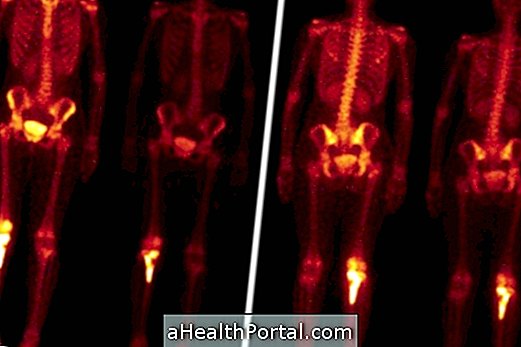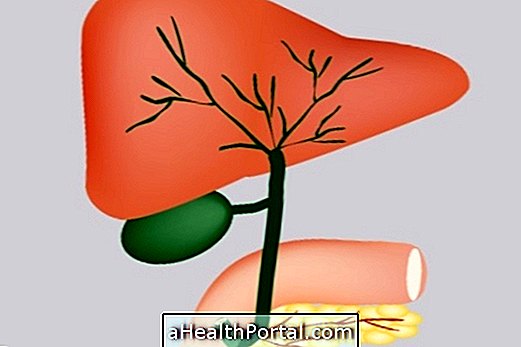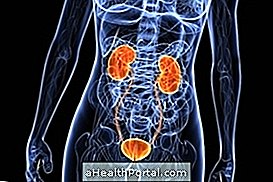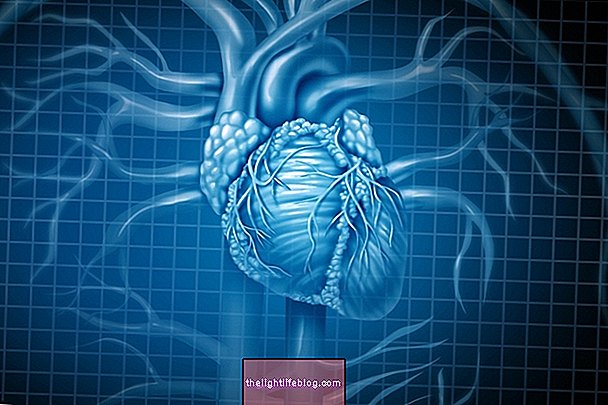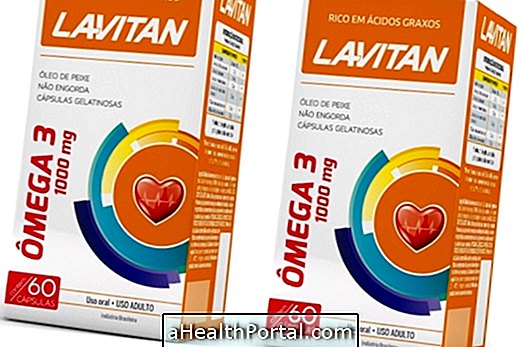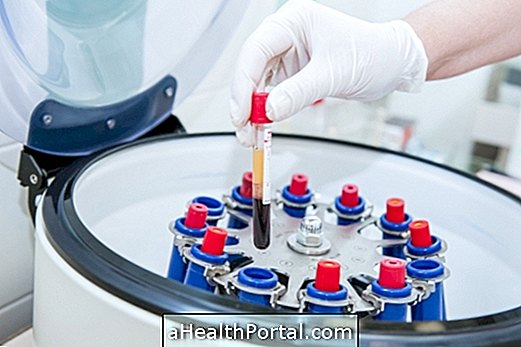Transferrin is a protein mainly produced by the liver and has as its main function to transport the iron to the bone marrow, spleen, liver and muscles, maintaining the proper functioning of the organism.
Normal values of transferrin in the blood are:
- Men: 215 - 365 mg / dL
- Women: 250 - 380 mg / dL
The evaluation of transferrin concentration in the blood should be fasted for 8 to 12 hours, depending on the physician's and the laboratory's orientation, and is usually required together with the iron and ferritin dosage, as well as biochemical and haematological tests, such as the blood count, for example, and should be interpreted together. Find out what the hemogram is for and how to interpret it.
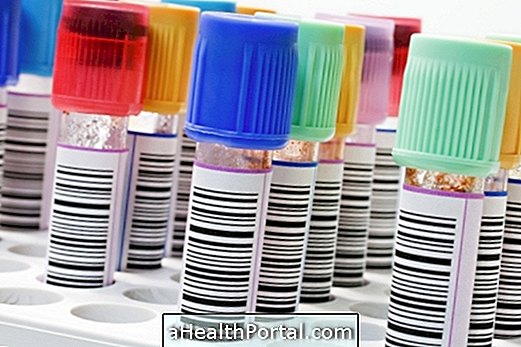
What is it for
Transferrin dosage is usually requested by the physician to make a differential diagnosis of microcytic anemia, which is characterized by the presence of smaller than normal red blood cells. Thus, in addition to transferrin, the physician requests the dosage of serum iron and ferritin. Learn more about ferritin.
The laboratory profile of microcytic anemia is:
| Serum iron | Transferrin | Saturation of transferrin | Ferritin | |
| Iron deficiency anemia | Low | High | Low | Low |
| Anemia of Chronic Disease | Low | Low | Low | Normal or augmented |
| Thalassemia | Normal or increased | Normal or decreased | Normal or augmented | Normal or augmented |
| Anemia Sideroblastic | High | Normal or decreased | High | High |
In addition to these tests, hemoglobin electrophoresis may be required to identify the type of hemoglobin in the patient and thus confirm the diagnosis of thalassemia, for example.
It is important that the results of the tests be interpreted by the physician, since in addition to the concentration of iron, transferrin and ferritin, it is necessary to analyze other exams so that it is possible to verify the general clinical picture of the patient.
What is Transferrin Saturation Index
The Transferrin Saturation Index corresponds to the percentage of transferrin that is occupied by iron. Under normal conditions, 20 to 50% of the transferrin binding sites are occupied with iron.
In the case of iron deficiency anemia, for example, the transferrin saturation index is low because of the low concentration of iron available in the blood. That is, the body starts to produce more transferrin in an attempt to get as much iron as possible to take to the tissues, but each transferrin carries less iron than it should.
What is high transferrin
High transferrin is usually seen in iron deficiency anemia, known as iron deficiency anemia, in pregnancy and in treatment with hormone replacement, especially estrogen.
What is low transferrin
Low transferrin may occur in some situations, such as:
- Thalassemia;
- Sideroblastic anemia;
- Inflammation;
- Situations in which there is loss of proteins, such as chronic infections and burns, for example;
- Hepatic and renal diseases;
- Neoplasms;
- Nephrosis;
- Malnutrition.
In addition, the concentration of transferrin in the blood may also be decreased in anemia of chronic disease, which is a type of anemia that usually occurs in people hospitalized and who have chronic infectious diseases, inflammation or neoplasms.
